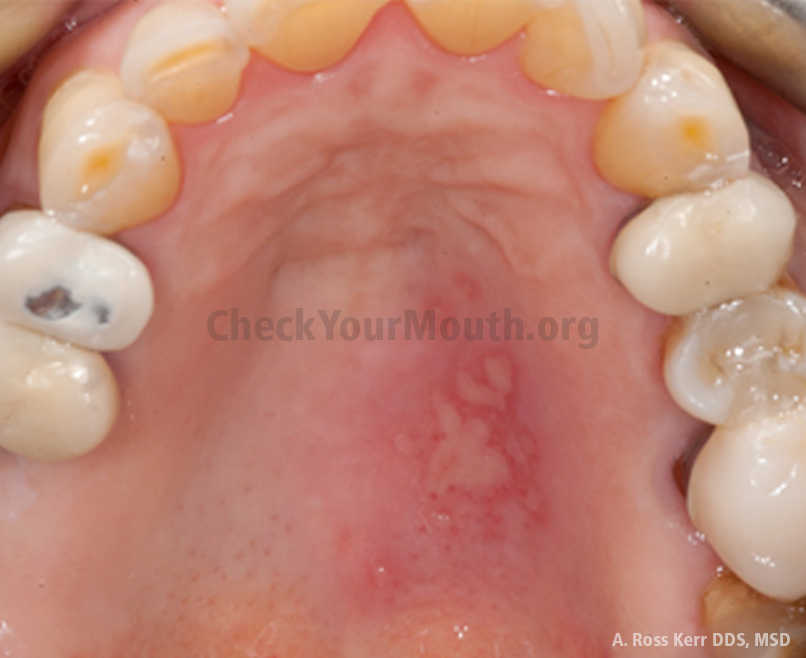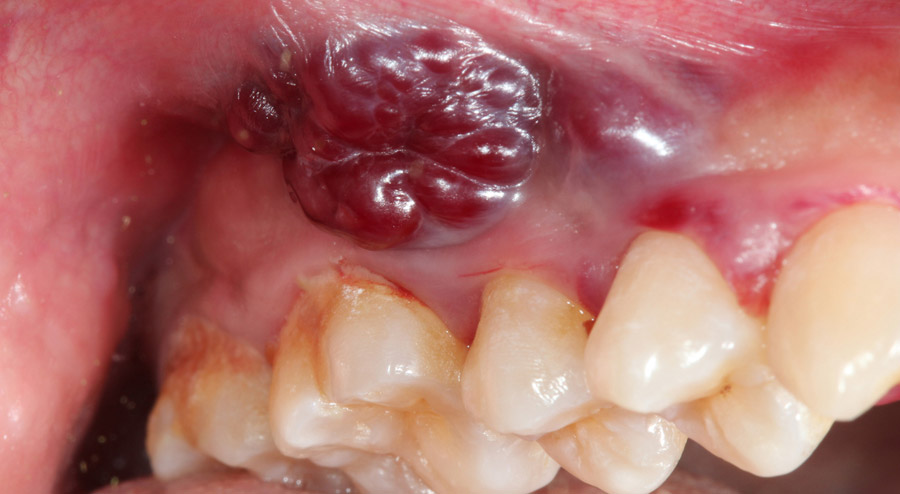Cancerous Early Stage Normal Roof Of Mouth

Keep in mind that not all salivary gland tumors are cancerous.
Cancerous early stage normal roof of mouth. Most oral cancers are squamous cell carcinomas. Look further in detail. It s called oropharyngeal when it affects your tonsils. The most common precancerous conditions of the mouth are leukoplakia and erythroplakia.
The tumor is not more than 2 centimeters and the cancer has not reached the lymph nodes. In the early stage of mouth cancer it looks exactly like an ulcer. These conditions are not yet cancer. A mixture of red and white patches in your mouth called erythroleukoplakia is an abnormal cell growth that s more likely to become cancerous.
Oral cancer can affect the mouth including the gums lips tongue mouth s roof and floor and the inner cheeks. Women and people of 45 years of age and above are more vulnerable to contracting mouth cancer. Some of the common signs of oral cancer are formation of sores lesions on the mouth that does not heal even after taking medications. Mouth cancers most commonly begin in the flat thin cells squamous cells that line your lips and the inside of your mouth.
You may notice a growing lump or swelling in your upper lip the roof of your mouth inside your cheek or in another spot in your mouth. Hard palate cancer is a type of head and neck cancer that begins when cells that make up the bony part of the roof of the mouth grow out of control and form lesions or tumors. The accumulating abnormal mouth cancer cells can form a tumor. Oral cancer affects the lips gums tongue roof of the mouth insides of the cheeks or the soft floor of the mouth under the tongue.
Some symptoms of mouth cancer are noticeable that makes it possible to detect mouth cancer in its early stages. Cancers that develop there tend to spread into the nasal cavity when they become more advanced. Stage ii mouth cancer stage ii describes a tumor that is larger than 2 centimeters but not more than 4 centimeters. The hard palate creates a barrier between the mouth and the nasal cavity.
Very often mouth cancer does not produce symptoms in the early stage. Stage i describes a very early stage of cancer. If red and white patches last more than two weeks. Precancerous conditions of the mouth are changes to cells of the mouth that make them more likely to develop into cancer.
Sometimes oral cancers develop in the small salivary glands that exist in the lining of your mouth and throat. If the sore bump on roof of mouth patch on tongue mass formed on gums swelling or color changes inside the mouth do not go away even after the passage of a few weeks then they should be evaluated by a doctor.














































